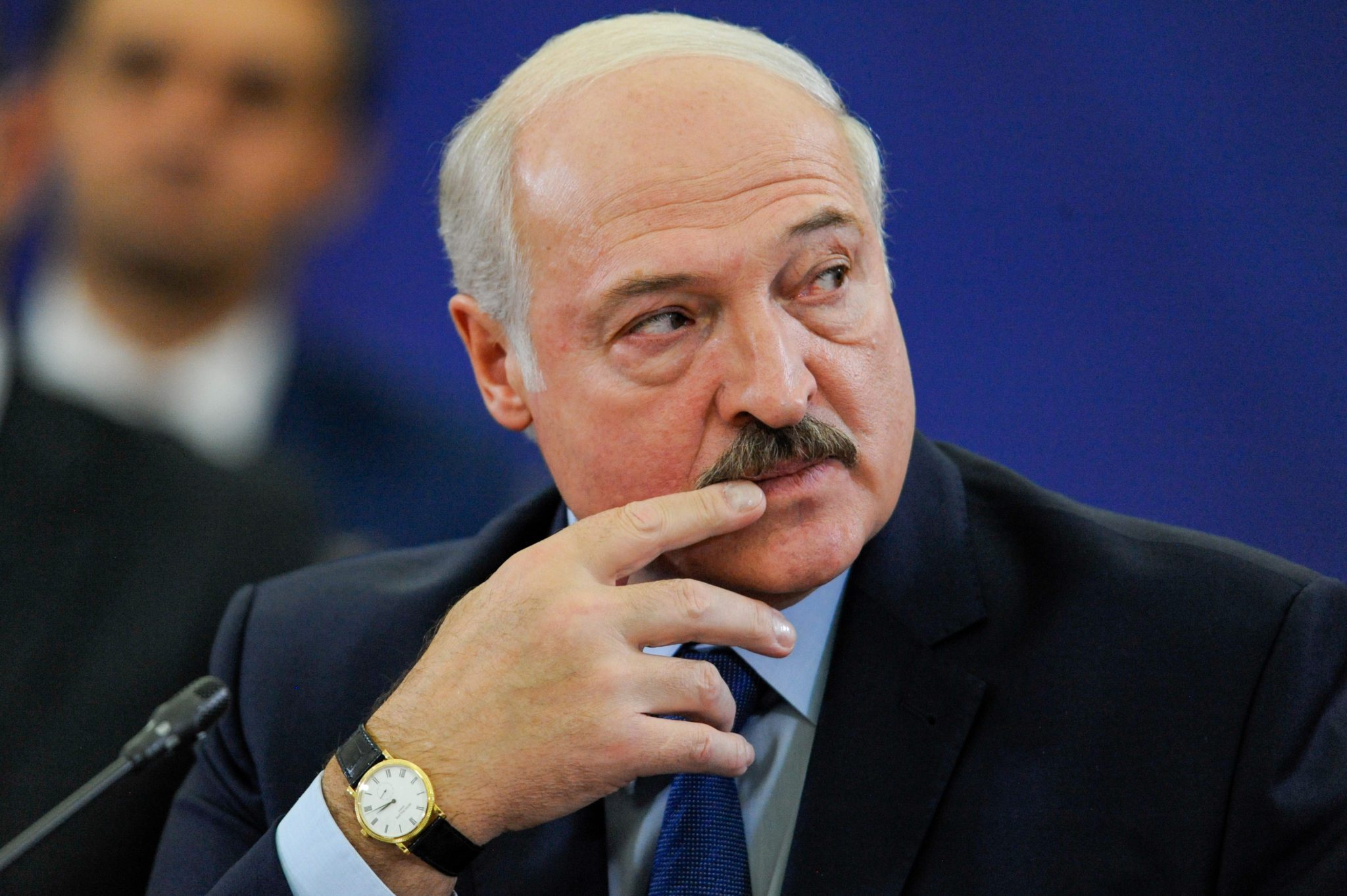Tensions at the Borders: Belarus and NATO

Most attention in the United States and around the world the past few weeks has, understandably, focused on the situation in Afghanistan. But some very troubling developments in Eastern Europe have flown beneath the radar. In particular, tensions are rising again between Belarus and its NATO neighbors. That is not a trivial matter, since the United States has an obligation under Article 5 of the North Atlantic Treaty to assist a fellow Alliance member if its security is threatened. Matters have not reached the point of a crisis yet, but the situation bears careful monitoring.
This is not the first time that tensions have flared badly along these frontiers, and U.S. officials should be uneasy about such developments. In August 2020, Belarus conducted military large scale military drills near its border with Lithuania and Poland. That move was a response both to previous NATO military exercises near Belarus, as well as intense Western criticism of Belarus’s longtime strongman Alexander Lukashenko’s crackdown on demonstrators protesting his recent questionable re-election. The following month, Belarus and its patron, Russia, conducted joint combat exercises in the same area. Lukashenko also announced that he was closing the border with Lithuania and Poland and put his troops on high alert. Previously, some estrangement was evident between the Kremlin and Lukashenko, but Vladimir Putin’s government moved to heighten support for its Belarusian client in response to mounting Western pressure on Lukashenko.
A major new source of trouble now is an effort by both Lithuania and Latvia to curtail the flow of refugees from Belarus into their countries. In early August, the Lithuanian government even told its border guards to use force if necessary to prevent their continued entry. A short time later, Latvia imposed a state of emergency to deal with the same issue. A few weeks earlier, Lithuania had augmented is border barrier by erecting a fence with razor wire. Latvia and Poland followed suit.
Along with Poland, the two Baltic republics accuse the Lukashenko government of using the migrants in a campaign of “hybrid warfare.” European Union countries subsequently closed ranks to denounce Belarus for conducting a “direct attack” on its western neighbors, cynically exploiting migrants as a weapon. According to that allegation, Lukashenko is recruiting and collecting asylum seekers, primarily from Iraq, and having his security forces escort them to his country’s western border, where they then try to cross into one of the Baltic countries or Poland. The thesis is that he is engaging in such conduct to create burdens for those NATO and European Union members to retaliate for sanctions the E.U. imposed on Belarus because of the regime’s continuing crackdown on political opponents—including forcing a Ryanair flight to land in Minsk to remove a wanted dissident.
It certainly is possible that Lukashenko’s government has adopted such a tactic, although it should be noted that a flood of refugees from the turmoil in the Middle East, largely caused by the U.S.-led regime-change wars in Syria, Iraq, and Libya, have sought entry into many other E.U. countries without such an orchestrated effort. Moreover, while the resulting burden in the case of the Baltic republics is not trivial, it does not seem overwhelming either. The number of asylum seekers entering Lithuania in 2021, for example, is just over 4,000—a number equal to less than 0.14 percent of the country’s population.
Some of the uproar appears to be an effort on the part of Vilnius, Riga, and Warsaw to get more financial assistance from the E.U., and perhaps in the name of “border security” to get some money from NATO as well. But such posturing is raising tensions along their frontiers with Belarus, and that is not a healthy development. Belarus already has taken steps to increase the strength of its own border patrols, with the explicit purpose of preventing the NATO countries from sending the migrants back. Increased militarization of the borders between Belarus and the NATO members is not helping matters either. Poland just dispatched another 900 troops to its border with Belarus to repel the refugees and provide a show of strength to Lukashenko. The timing for a new round of large-scale, Russia-Belarus military exercises (held every four years) on September 10-16 could scarcely be worse.
Thus far, however, the new refugee brouhaha is a dispute between Belarus and E.U. members. Washington should seek to keep it that way and not involve itself or let NATO get involved. Either step would create a significantly more serious confrontation, since keeping Belarus out of the West’s orbit is a high priority interest for Russia. The Biden administration’s fondness for imposing sanctions on Belarus for human rights violations and the erosion of democratic norms, including the latest round in August targeting more than 20 close associates of Lukashenko, must be the limit of Washington’s temptation to meddle. U.S. leaders should inform the Polish, Lithuanian, and Latvian governments that the United States will not incur needless risks to back them against Lukashenko on the refugee issue. The latest spat definitely is a case in which Washington ought to remain aloof and let the European nations work out their own problems.
Ted Galen Carpenter, a senior fellow in defense and foreign policy studies at the Cato Institute and a contributing editor at The American Conservative, is the author of 12 books and more than 950 articles on international issues. His latest book is NATO: The Dangerous Dinosaur (2019).
Comments